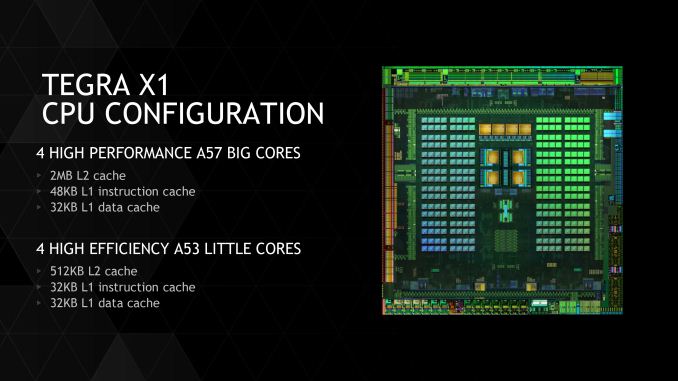 CES 2015 is finally here, and all the speculation and hype is already paying off. NVIDIA has been the first to show off their coming products, but the crown jewel is the Tegra X1 SoC chip.
CES 2015 is finally here, and all the speculation and hype is already paying off. NVIDIA has been the first to show off their coming products, but the crown jewel is the Tegra X1 SoC chip.
The chip is already turning heads for one reason alone: the power and versatility it will lend to mobile platforms in the coming year.
One of the biggest struggles when it come to mobile app adaption to preexisting games is the ability to port it while maintaining the core element that made the game good. Not only does it have to be adapted for a new platform, but also new graphics, gameplay and user interface capabilities.
With the Tegra X1 SoC it should be a much simpler matter. Not only does it have a lot more oomph in the chip itself (it holds the same power as some lower end PCs, a major boost to the mobile gaming platform), but it will use the same API’s as desktops.
Architecturally speaking, it is an interesting processor. It utilizes a combination of 64-bit ARM Cortex A57 (for high speed or resource gobbling tasks and applications) and A53 cores (for lower-resource, background tasks, or anything of less priority).
This use of both should make for a much smoother interface and user experience, with less lag, all with less power drain. An exciting prospect as we move into a new era of mobile batteries for phones and tablets.
Tegra X1 wasn’t the only unveiling at the conference. NVIDIA also showed off Drive PX and Drive CX. This is their first attempt at a auto-piloting and driving system for modern cars. The first is a 12-point computer system and auto-valet. Second is a super computer located within the console of the car, utilizing customized NVIDIA technology.
In addition to mobile devices, Tegra X1 will be powering these car based devices.
While the increase in self driving car technology is exciting, I find the chip a lot more intriguing. It shows the company’s continued efforts to develop multi-purpose processors that can be integrated into nearly anything.
It is also getting increasingly powerful, and adapting to meet the increasing needs on the development end. They don’t force developers to work around their releases, but release to work around what developers (and so consumers by extension) need. That’s a great business model in today’s consumer tech age.
Source: Nvidia





